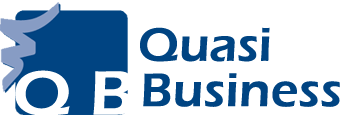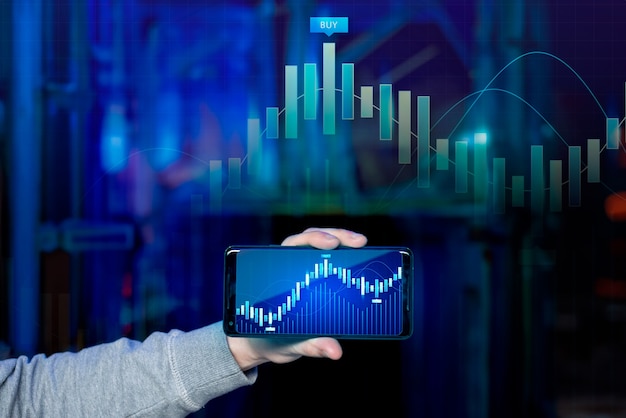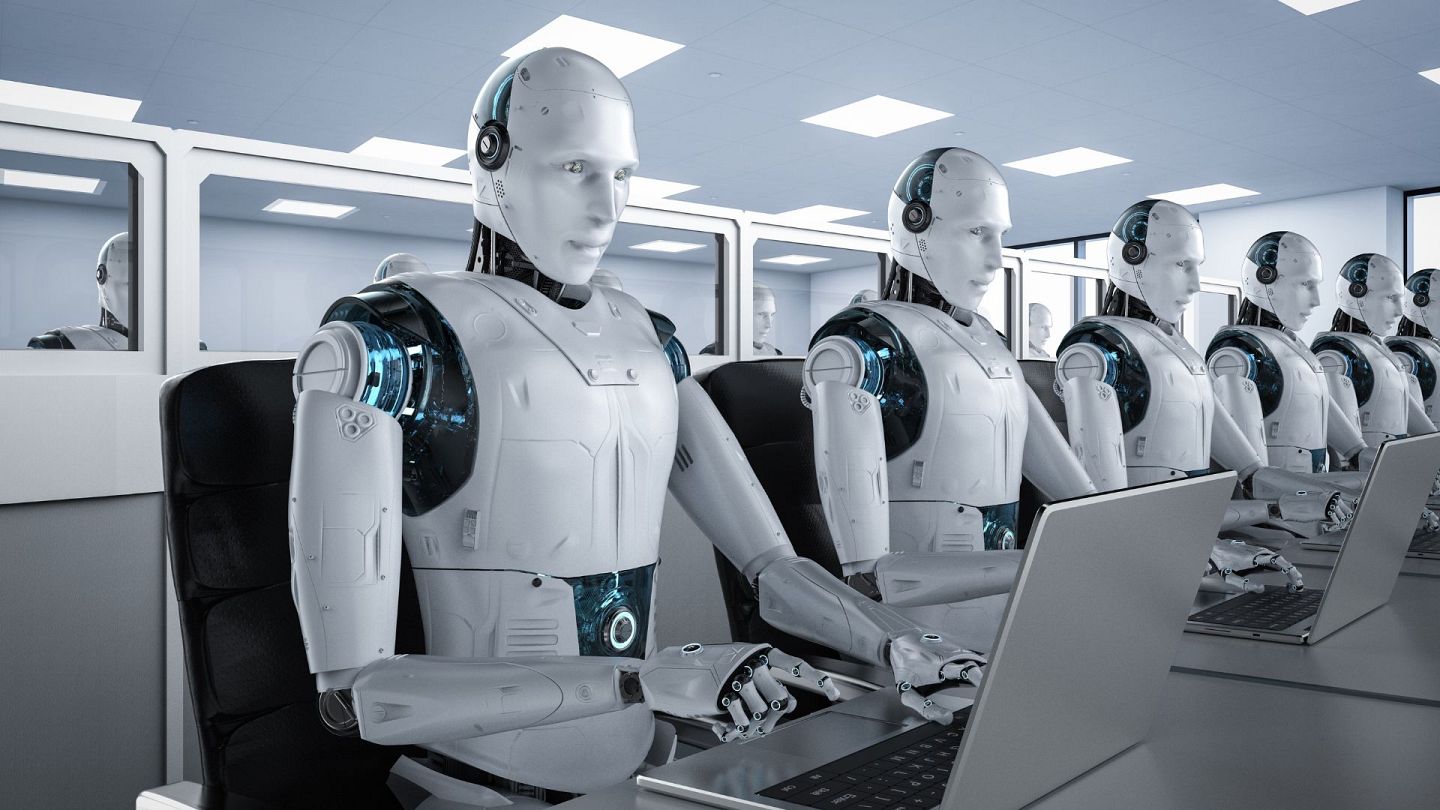It becomes more crucial (and challenging) for organizations to manage their records effectively to fulfill regulatory record management duties when the volume of information increases as an organization evolves. Selecting a reliable records management system is a crucial and essential step in this procedure. In this post, we’ll look at a few crucial qualities to consider when assessing and selecting a records management system for your business.
Automation Is Essential For Efficient Recordkeeping
Any modern records management system must be able to gather content automatically and apply classifications in the background without compromising end users’ usability. This is one of the most crucial aspects. In the past, end users had to operate within a classification system (taxonomy) that was difficult to use and didn’t smoothly interact with internal business procedures.
Moreover, a successful records management system will automatically collect metadata. High-quality metadata is crucial since it helps you find the correct information when needed. With the help of automatic capture, end users won’t have to manually enter information into a pop-up form while uploading and adding documents.
Easy To Use For Widespread User Uptake
High user adoption will be guaranteed by an eDRMS that is simple to use, intuitive to operate, and easy to master. In addition, an interface that is uniform across all windows, menus, functions, and commands is a sign of an eDRMS that is user-friendly. one that offers simple features that need the least amount of mouse clicks and keystrokes. Integration of shortcut, hot, and function keys across all modules and components. Last, a web browser can access the system from locations other than Office.
Effective Record Management System That Won’t Interfere With Your Team’s Workflow
A successful records management system will operate in the background and be undetectable.
Several conventional systems demand that end users communicate with the eDRMS directly. However, learning how to use this type of software can be challenging because it is typically different from the end user’s natural working environment. This can lead to organizational inefficiencies or low end-user acceptance.
On the other hand, modern records management solutions can manage documents already present across several platforms, so your team will only need to change how they operate.
A sound records management system will also link with various content delivery channels, allowing your staff to work where and how they see fit.
The Capability To Manage Content Across Different Repositories
While creating and storing material, most organizations employ a range of content platforms. As a result, it is impossible to handle material in different places with several records management systems, and it is also impossible to have a records management system for each site. Thus, it’s crucial to check that the eDRMS you choose can interact with your team’s various repositories to handle those records already in place.
Organizations can utilize the technologies they desire while adhering to regulatory recordkeeping compliance requirements by using an eDRMS that easily interact with different repositories.
The Capacity To Manage Hybrid And Physical Documents
A records management system must be able to manage many content kinds, including physical records, emails, conversations, and social media information, in the same manner as it must be able to manage various content sources.
Modules of modern records management systems help organizations locate and handle tangible records. They create a storage hierarchy that simulates a physical storage area to do this. As an illustration, a company might have records kept in a warehouse with numerous floors, different sections within each floor, and multiple rows within each area.
Captures Email Records Quickly
Additionally, as emails serve as the primary form of communication for most organizations, the records management system must be able to record and handle email communications. A competent eDRMS will accomplish this without needing to install email software on each employee’s computer, even though this is typically the case with email applications. For instance, Content Management includes server-only connections with Microsoft Outlook that lessen the workload and expense of IT.
Highest Level Of Security
Any records management system must include measures to keep data secure. Having a cloud-based solution makes this even more difficult.
While selecting an eDRMS, you should consider a few essential security characteristics. Initially, a secure SSL connection should encrypt sensitive data while it is in transit. The system should have many access levels to restrict access to sensitive, secret, or classified information so that only particular members of an organization can view or use it.
The solution should always guard against the unauthorized deletion or destruction of registered physical and digital records and related metadata.
Adherence To Pertinent Norms And Guidelines
It’s critical to check that the chosen solution has been certified to adhere to all applicable U.S. and international regulations and requirements when comparing various records management systems.
It would help if you now had a solid idea of the essential qualities to look for when selecting a records management system for your organization. Specifically, a system that can automatically collect and categorize data, manage various content types from various repositories, is user-friendly and invisible to the end user, can collect email, social media, and physical records, offers audit trails, has high-level security, and complies with regulations. If you keep these items in mind, your organization can use a sound records management system to fulfill its regulatory record management duties.












